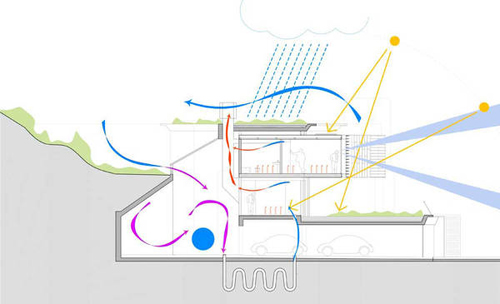
Overheating Assessments
Overheating calculations assess whether a building is at risk of excessive indoor temperatures, particularly during warm weather. These calculations ensure that a development meets thermal comfort standards and prevents overheating, which can impact occupant health and well-being.
Why Are Overheating Calculations Important?
- Health & Comfort: Prevents heat stress, especially for vulnerable individuals.
- Regulatory Compliance: Meets local and national guidelines (e.g., Part O of UK Building Regulations).
- Energy Efficiency: Reduces reliance on active cooling, lowering energy demand.
- Climate Resilience: Ensures buildings can withstand future climate conditions.
Key Factors in Overheating Calculations:
- Internal Heat Gains – Assesses heat from occupants, appliances, and lighting.
- Solar Gains – Evaluates sunlight exposure through glazing and building orientation.
- Ventilation & Airflow – Considers natural and mechanical ventilation effectiveness.
- Thermal Mass – Measures the building’s ability to absorb and release heat.
- External Factors – Considers urban heat island effects and local climate data.
Overheating Assessment Methods:
- Dynamic Thermal Modelling – Uses software to simulate heat performance.
- Simplified Compliance Checks – Follows prescriptive methods in Building Regulations (AD-Part O).
To mitigate overheating, strategies like external shading, high-performance glazing, night-time ventilation, and passive cooling techniques are often recommended.
Do you need an Overheating Assessment for your project? Get in touch for a personalized quote.